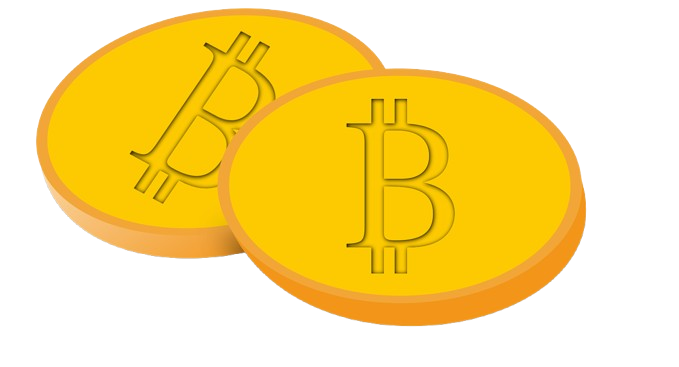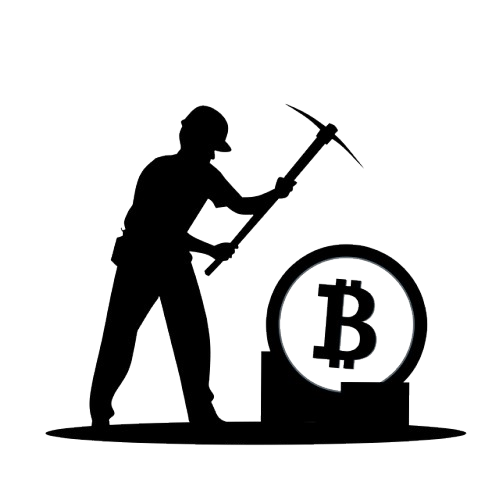
The emergence of Bitcoin Ordinals is marking a significant change in how we understand digital assets and their ownership. Traditionally, non-fungible tokens (NFTs) have been largely associated with platforms like Ethereum. However, Bitcoin, the first and most recognized cryptocurrency, is now taking its unique approach to NFTs through Ordinals. By inscribing data directly onto satoshis, the smallest units of Bitcoin, Ordinals introduce a new level of uniqueness and value that could reshape the NFT landscape. As we explore the technical, cultural, and economic implications of Bitcoin Ordinals, it’s important to recognize how these developments could impact everything from individual ownership to the broader cryptocurrency market, especially for those using a Bitcoin wallet.
How Bitcoin Ordinals Work
Ordinals distinguish themselves from traditional NFTs by enabling the inscription of data directly onto satoshis. This method allows each satoshi to carry unique information, making it an indivisible asset with distinct value. Unlike typical NFTs, which rely on external standards and marketplaces, Bitcoin Ordinals leverage the Bitcoin blockchain’s security and immutability, offering a potentially more valuable form of ownership. The Taproot upgrade plays a crucial role in this innovation, enhancing the capabilities of Bitcoin’s scripting language and enabling more complex transactions.
What Makes Bitcoin Unique for Ownership
Bitcoin’s fixed supply fundamentally changes the way we view scarcity in the context of Ordinals. With only a limited number of satoshis available, the concept of “satoshi rarity” becomes a significant factor in determining the value of Ordinals. This contrasts sharply with traditional NFTs, where scarcity is often dictated by the creators and platforms. Additionally, the introduction of “sat attributes” provides a new metric for assessing value, allowing collectors to focus on the unique characteristics of individual satoshis.
Connecting Different Blockchain Communities
One of the most exciting possibilities offered by Bitcoin Ordinals is their potential to bridge the Bitcoin and Ethereum ecosystems. By creating hybrid NFT trading platforms, Ordinals could facilitate new forms of multi-chain portfolio management. This cross-chain interoperability could lead to an enhanced experience for collectors and investors, allowing them to manage their assets across different blockchains seamlessly. The future may hold the promise of unified standards for cross-chain NFTs, further enriching the digital asset space.
Effects on Bitcoin Mining

The introduction of Ordinals is expected to influence block space demand on the Bitcoin network. As more users create and trade Ordinals, there could be new revenue streams for miners beyond traditional transaction fees.
This shift has significant implications for Bitcoin’s security model, especially as we approach future halving events that will further reduce block rewards. Understanding how Ordinals affect mining economics will be crucial for the long-term sustainability of the Bitcoin network.
Changing Views on Digital Ownership
As Bitcoin maximalists begin to embrace NFTs through Ordinals, we may witness a cultural shift in digital asset ownership. This new perspective could impact traditional art markets and galleries, fostering innovative ways to preserve digital heritage. Emerging Bitcoin-native digital art movements are likely to flourish as artists explore the possibilities offered by Ordinals, redefining what it means to create and own art in the digital age.
Challenges and How to Fix Them
Despite the promising potential of Ordinals, there are technical challenges that need addressing. Scaling solutions for Ordinal transactions must be developed to handle increased demand without compromising network efficiency. Additionally, optimizing storage and introducing new indexing mechanisms will enhance the user experience. Innovations in Bitcoin wallet infrastructure are also essential to support the growing complexity of Ordinals, ensuring that users can easily manage their assets.
Legal Issues to Think About
As Bitcoin Ordinals gain traction, various legal and regulatory considerations come into play. The treatment of Bitcoin Ordinals may differ depending on jurisdiction, raising questions about copyright implications for inscriptions. It will be vital to integrate existing NFT regulations to ensure compliance, especially when considering cross-border transfers of Ordinals. Understanding these legal frameworks will be crucial for artists, collectors, and investors alike.
New Business Ideas with Ordinals

The rise of Bitcoin Ordinals opens up avenues for new business models. Bitcoin-native marketplaces can emerge, catering specifically to buyers and sellers of Ordinals.
Additionally, there may be a demand for custody solutions tailored to Ordinals, as collectors seek to protect their unique assets. Services like insurance for high-value inscriptions and authentication/verification processes will become increasingly important as the market matures.
Looking at Environmental Effects
Evaluating the environmental impact of Ordinal transactions is essential, especially in light of ongoing discussions about Bitcoin’s energy consumption. When comparing Ordinal creation to traditional NFT minting, it’s important to assess whether Ordinals contribute to more energy-efficient practices. As sustainability becomes a priority, exploring greener approaches to Ordinal creation will be beneficial for the entire cryptocurrency ecosystem.
Future Possibilities for Ordinals
Looking ahead, the potential for smart contract functionality within the Bitcoin ecosystem could revolutionize how Ordinals operate. Integrating with the Lightning Network could enable instant transactions, enhancing the overall user experience. Additionally, we may see new forms of digital media distribution and evolving decentralized identity systems, further expanding the possibilities for creators and collectors.
Investment Tips for Ordinals
As interest in Bitcoin Ordinals grows, investors will need to consider various valuation metrics for Ordinal collections. Developing strategies for portfolio diversification that include Ordinals can help mitigate risks while exploring new opportunities. Long-term storage solutions and inheritance planning will also become essential as the market matures, ensuring that valuable digital assets can be passed down through generations. Understanding the potential risks and rewards of investing in Ordinals will be crucial for those looking to enter this emerging market.
Building Communities Around Ordinals
The formation of Ordinal-specific decentralized autonomous organizations (DAOs) is a possibility worth considering. These communities could foster new forms of digital collaboration, allowing creators and collectors to work together in innovative ways. The impact on existing NFT communities may lead to cross-platform interactions, enriching the overall experience for all participants in the digital asset ecosystem.
Conclusion
The introduction of Bitcoin Ordinals presents an exciting opportunity to redefine NFT ownership and value. By leveraging the unique properties of Bitcoin, Ordinals could transform how we think about digital assets, from their scarcity to their potential for cross-chain integration. As technical challenges are addressed and legal frameworks evolve, the impact of Ordinals on the cryptocurrency market could be profound. Artists, collectors, and investors alike will need to navigate this new market with care, recognizing the opportunities and challenges it presents. Ultimately, Bitcoin Ordinals could play a crucial role in shaping the future of digital ownership, creating a lasting legacy.